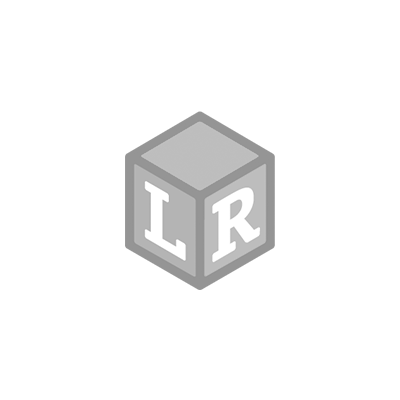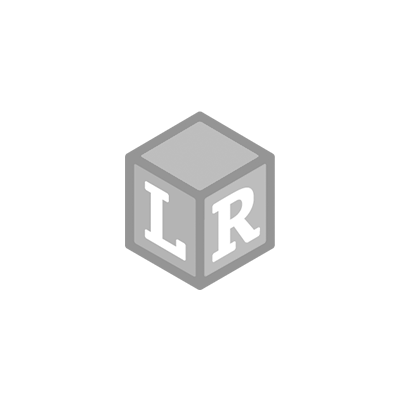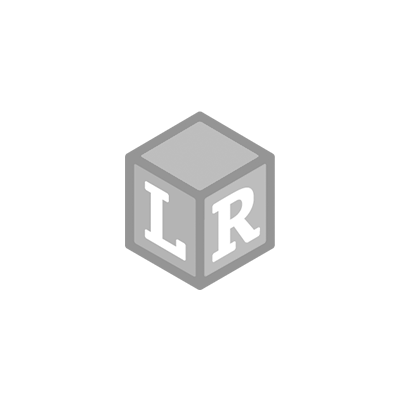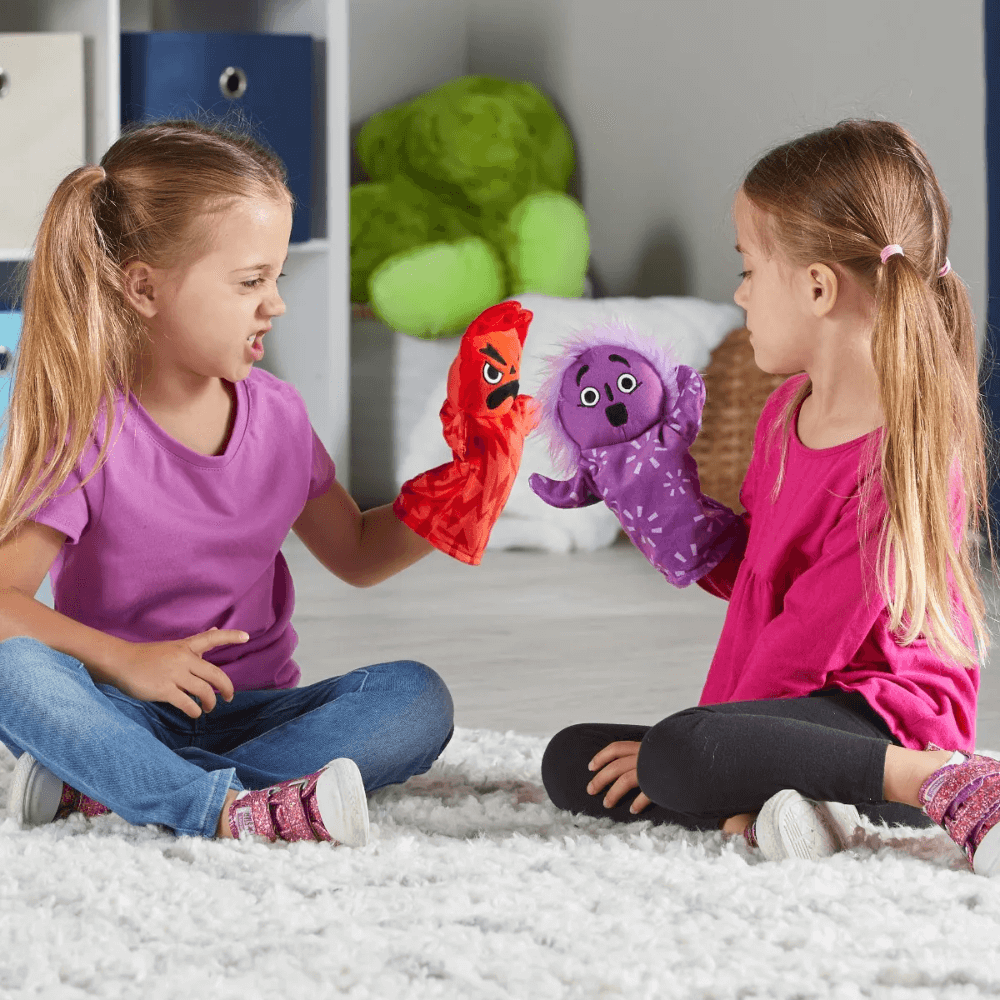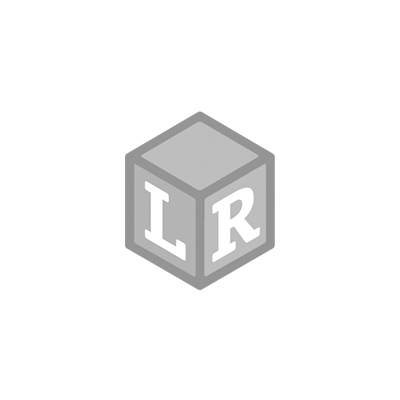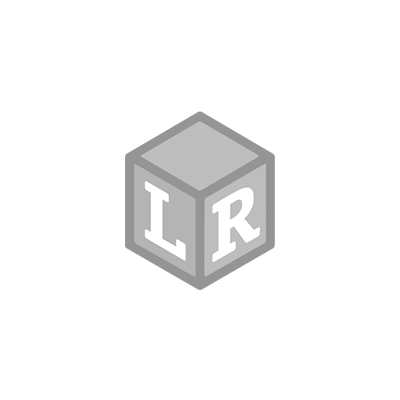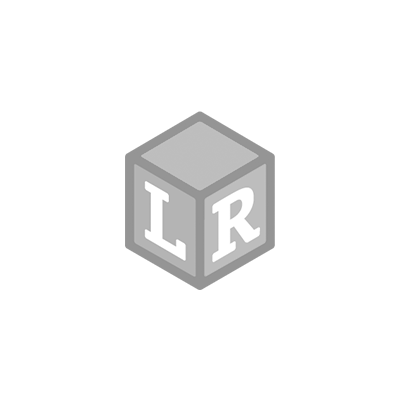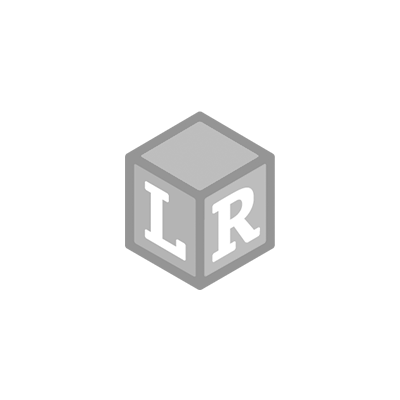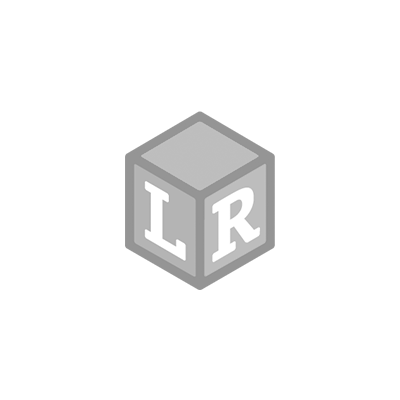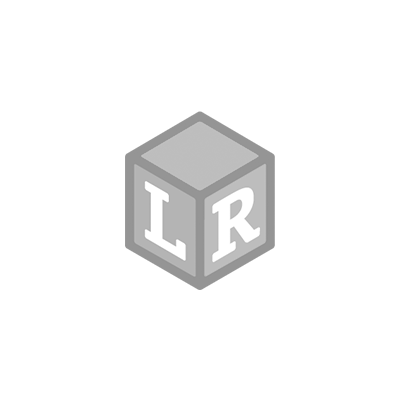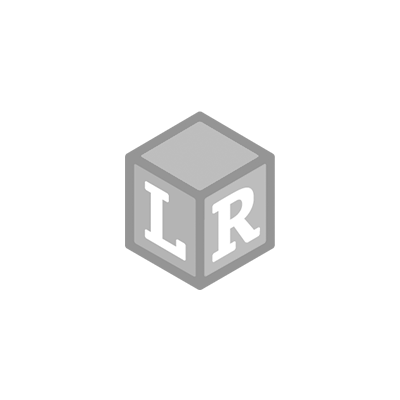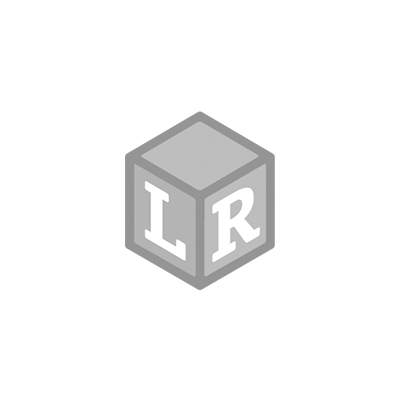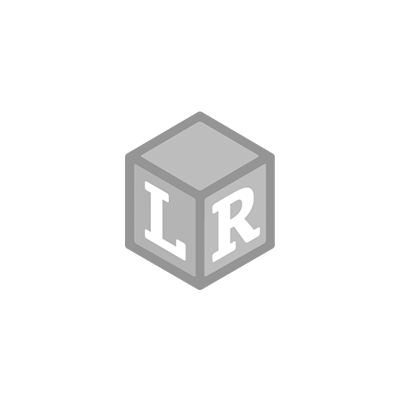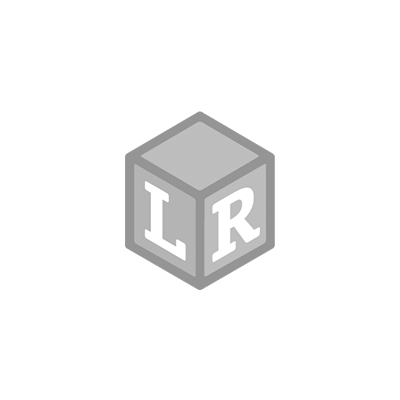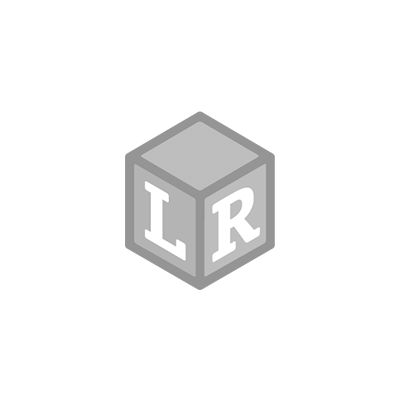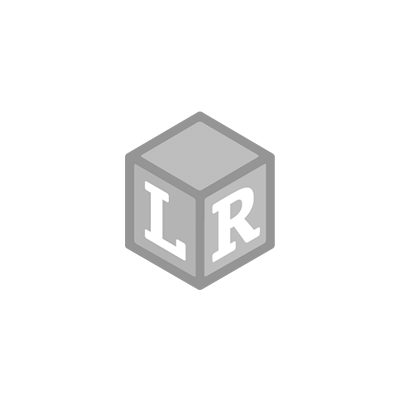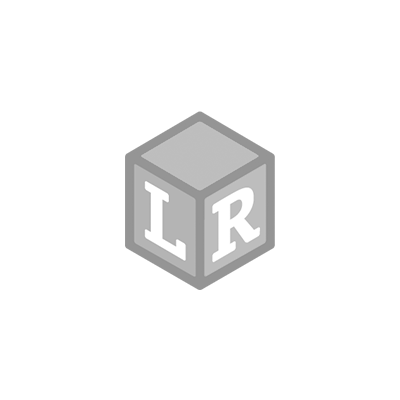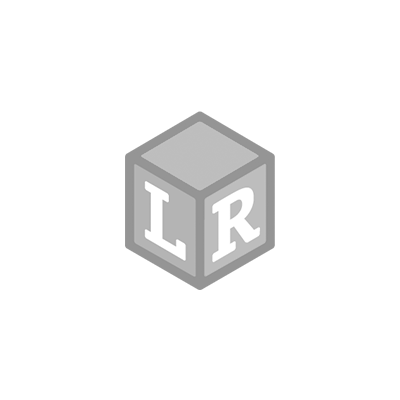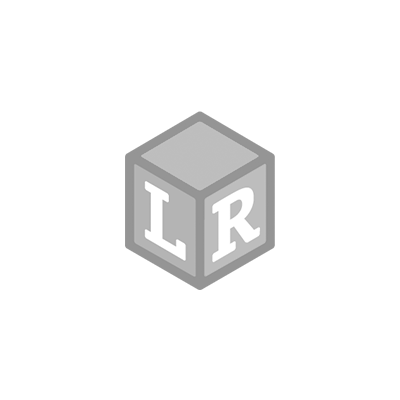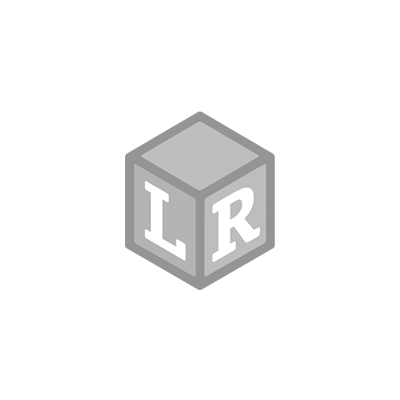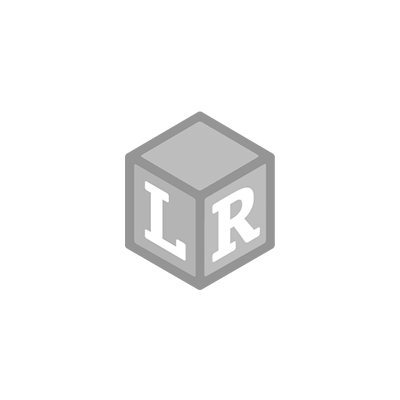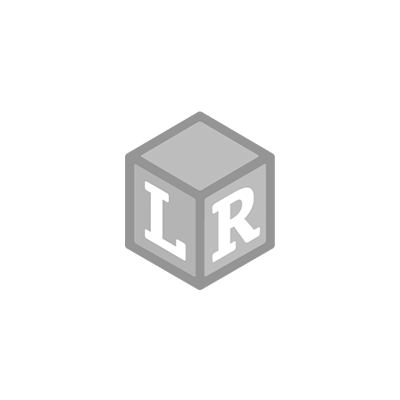Holiday Gifts for Preschoolers!
- Learning Resources Posted On Dec 14, 2022 | Reading
Our toys help kids build amazing preschool skills, whether they're exploring the wonder of words, learning new colors, or solving puzzling problems! These gifts will grow with your children and help you discover new learning fun every time you give a gift!
Oodles of Aliens™ Sorting Saucer
Grab the Tri-Grip Tongs, pop the dice, and help these aliens sort out their spaceship in a sorting game of cosmic proportions! In addition to sorting, this game builds three additional skills at once—strengthen your counting, color recognition, and fine motor skills every time you play! Includes 30 alien creature counters, as well as an activity guide with fun sorting games!
New Sprouts® Bake It!
Whip up batches of fun with our new Bake it! When the kitchen is just too tempting to resist, provide a colorful and fun collection of baking tools designed to encourage safe role-play. Little bakers will flip for this modern set featuring bakeware with rounded parts and easy-grip handles along with delicious, soft-molded cupcakes, and the cookies are the perfect recipe for toddler play! Work on imaginative play, fine motor, hand-eye coordination, early vocabulary/language, and social skills!
Jumbo Zoo Animals
Realistically detailed animals designed for little hands and big imaginations! Figures invite imaginative play and are perfect for vocabulary development. The activity guide includes facts about each animal and early science discussion starters. These animals are perfect for a winter sensory bin or for bringing the zoo into your home!
Ruff's House Teaching Tactile Set
Reach in and feel all the textures! Help the fuzzy dog find all the bones he hid in his doghouse. All bones are textured and made of rubber or cloth and feature smooth, silky, scratchy, bumpy, ridged, and more textures. Grasping, exploring, and manipulating the different textured bones leads students to further develop their ability to use their fingers and hands purposefully and improve manual dexterity.
Sort-'Em-Up Pups™ Activity Set
Build early sorting and critical thinking skills as your sort and match these puppy pals! Explore six ways to sort: group puppies by size, color, spots, and more. Pieces store inside the dog house for easy clean-up. In addition to sorting and matching, the Sort-'Em-Up Pups come with a big colorful dog house and fenced-in pens that are ready for all kinds of open-ended imaginative play!
 Shop UK Site
Shop UK Site 






